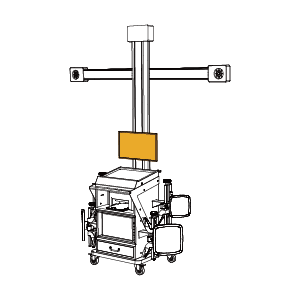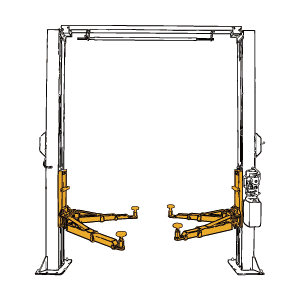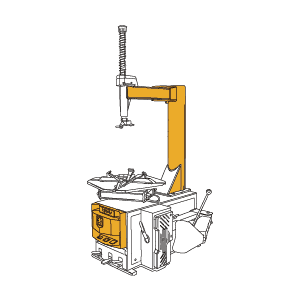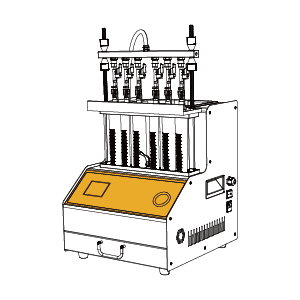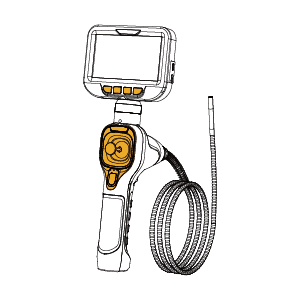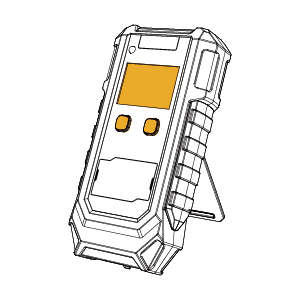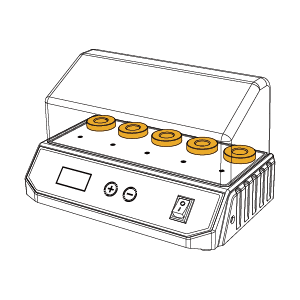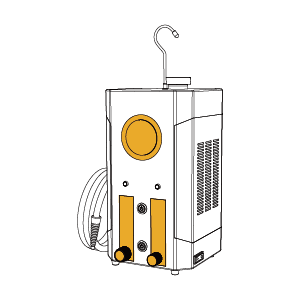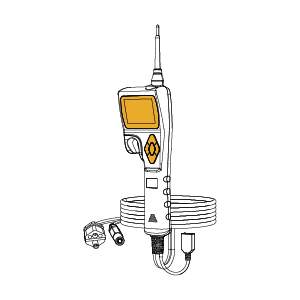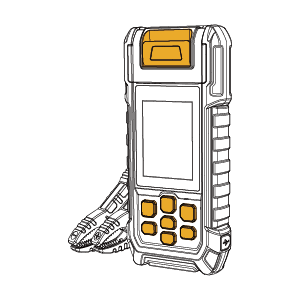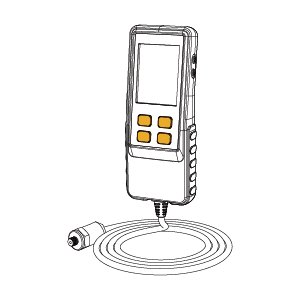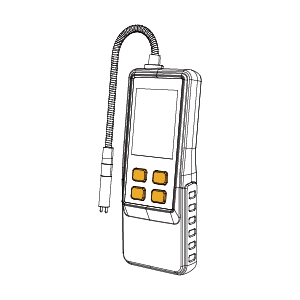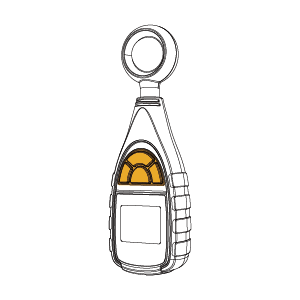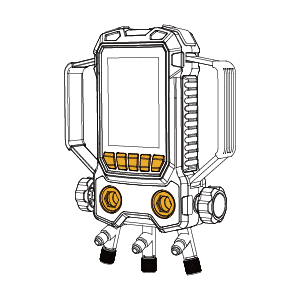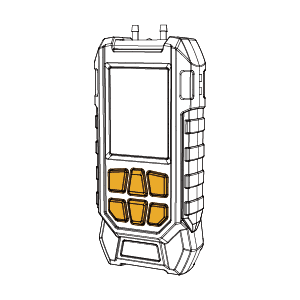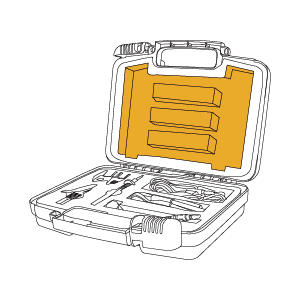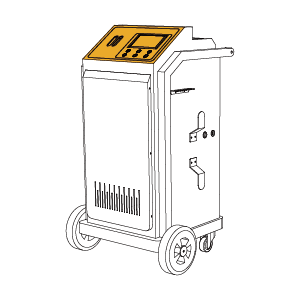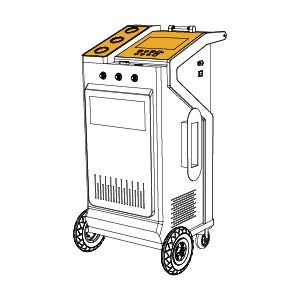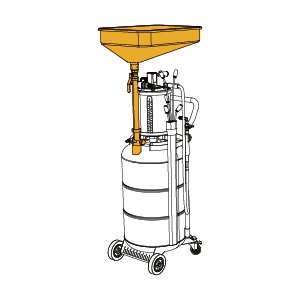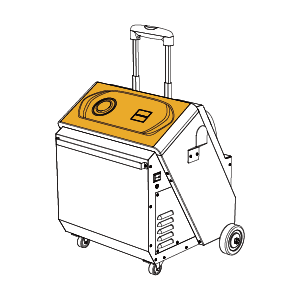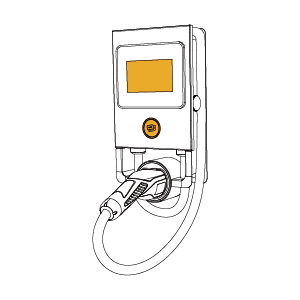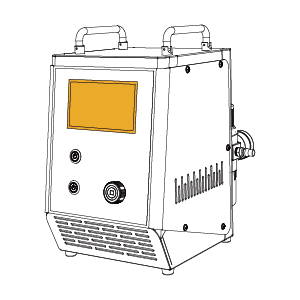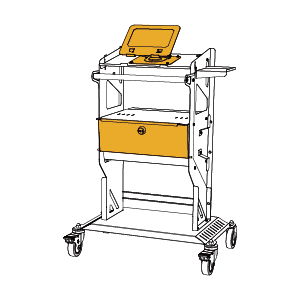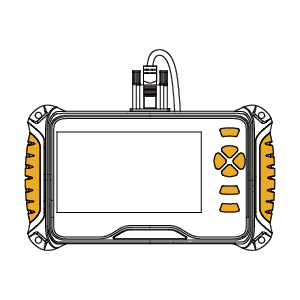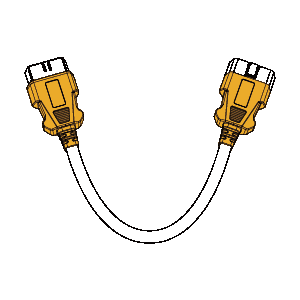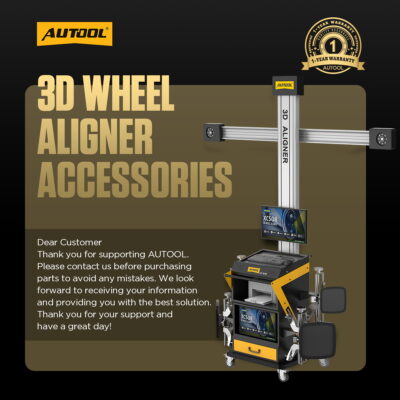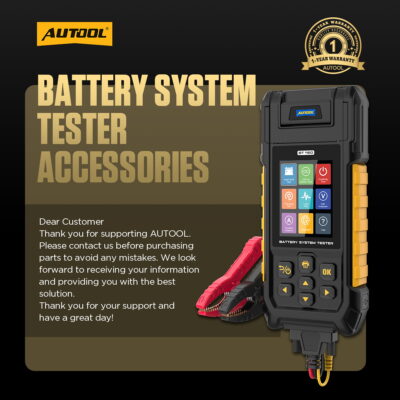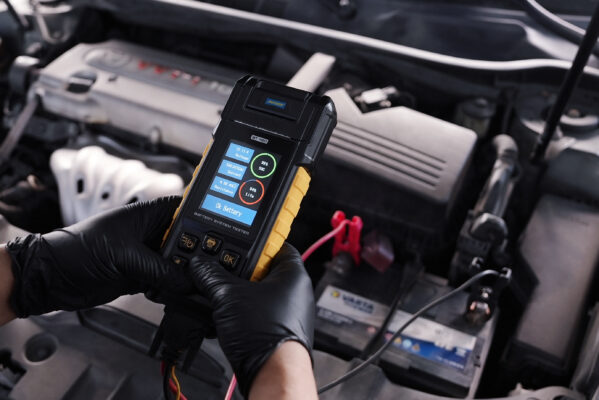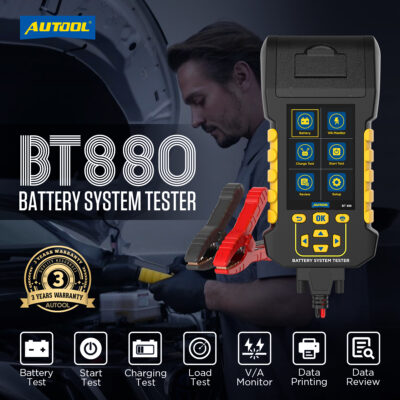AUTOOL Blog, Tips & Tutorials
Is My Car Battery Dead Or Discharged?
Have you ever encountered a situation where your car won’t start? Usually, the culprit is the car battery. We use two common terms to describe battery issues: a car dead battery and a discharged battery. But how do you know if your car battery is dead or just discharged? While these terms may seem interchangeable, they refer to different problems. This article will help you understand the difference between them and guide you in diagnosing and solving any future car battery issues.
Signs of a Car Dead Battery
A dead battery usually means it cannot be charged again and needs replacement. Here are the main signs that your battery might be dead:
- No reaction when turning the key: If you turn the ignition key (or press the start button) and nothing happens—no sound, no lights—it usually means the car battery is dead.
- Battery case bulging: If the battery case is bulging, it is usually caused by overcharging or overheating, indicating the battery is beyond repair and needs replacing.
- Battery age: Most car batteries last 3-5 years. If your battery is in this age range or older, it may be dead and need replacing.
Signs of a Car Discharged Battery
On the other hand, a car-discharged battery means the battery has insufficient charge but still has the potential to be recharged. It doesn’t necessarily need a replacement right away—just a recharge. Here are signs that your battery may just be discharged:
- Slow engine start: If your engine starts slowly or sounds weak, your car battery might be discharged and need charging.
- Dim lights or electrical issues: If your headlights or dashboard lights appear dimmer than usual, or if you experience electrical issues, it could be a sign that the car battery is low on charge.
- Recent need for a jump start: If your car recently needed a jump start, your car battery may have just been discharged. However, if the issue keeps happening, it could indicate a deeper problem.
Testing Your Battery
- Visual inspection: Start by checking the car battery for visible damage or signs of corrosion. Corroded terminals or a cracked battery case can affect the battery’s performance.
- Use a multimeter: A multimeter can measure the voltage of the car battery. With the engine off, a healthy battery should read between 12.4 and 12.7 volts. If the voltage is below 12.4 volts, the car battery may be discharged. If the voltage is significantly lower than 12 volts, the battery may be dead.
- Load test: A load test evaluates the battery’s ability to hold a charge under load. This test can be done with a professional car battery tester.
What to Do Next
If the car battery is only discharged, charging it should fix the issue. However, it is important to understand why the battery discharged to prevent it from happening again. Frequent discharges may indicate an aging battery, a charging system fault, or other electrical issues. Make sure to address the root cause to avoid recurring problems.
If the car battery is dead, the only solution is to replace it. An aging or damaged battery cannot be revived and needs to be replaced.
For personal car owners, it’s recommended to regularly use a car battery tester. The AUTOOL car battery tester is a reliable tool that can help you quickly diagnose your battery’s condition, whether it is discharged or dead. The AUTOOL car battery tester can also check the charging system to ensure the battery charges properly, helping prevent future battery problems. If needed, it can guide you in replacing your battery and getting your vehicle back on the road safely and efficiently.
Conclusion
Understanding the difference between a car’s dead battery and a discharged battery can help you avoid unnecessary replacements and costs. Regularly checking your car battery can extend its lifespan and prevent unexpected failures.



